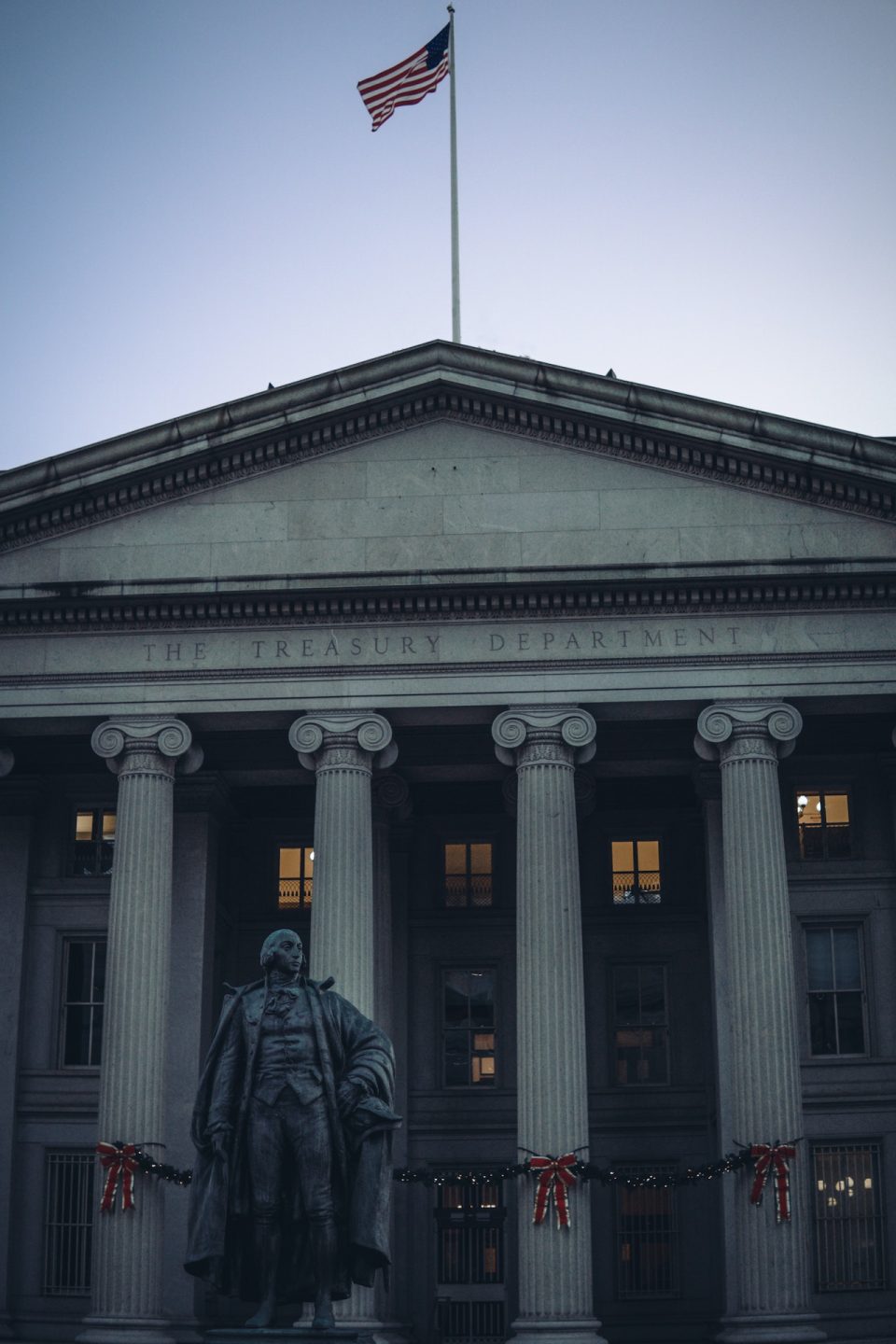In a strategic move aimed at curbing inflation and tempering economic growth, the Federal Reserve has undertaken a gradual series of interest rate hikes over the past few years. However, an unforeseen ally has emerged in the form of elevated yields in the Treasury market, shouldering a significant portion of this burden. Termed a “phantom rate hike,” this phenomenon embodies the capacity of heightened yields to mimic the effects of a conventional rate hike, all without the need for an actual adjustment in interest rates.
This strategic shift has manifested notably in recent times, most notably in the aftermath of the coronavirus pandemic’s far-reaching impacts in March, and subsequently, in the recent surge in Treasury yields. The enduring influence of long-term Treasuries reverberates through households and businesses, dictating the costs associated with loans and other forms of debt. As yields rise, they enact a constraining effect, effectively applying the brakes on economic activity. In this vein, the phantom rate hike emerges as a nuanced tool for policymakers, offering a means of economic regulation with minimal exertion.
However, threading this economic needle is no small feat. Federal Reserve officials find themselves delicately poised between two potential risks. Should yields experience a decline, their constraining influence would wane, potentially necessitating an authentic rate hike, as opposed to relying on this surrogate approach. Presently, the recent surge in yields signals that, at least for now, the phantom rate hike is proving effective. Yet, the Federal Reserve remains vigilant, acutely aware that heightened bond yields might paradoxically indicate a greater need for intervention to stabilize the bond market.
This finely-tuned maneuver underscores the delicate nature of economic stewardship, reminding observers that even the mighty Federal Reserve is ultimately beholden to the ebbs and flows of the bond and stock markets. It serves as a stark reminder that, despite its substantial authority, the Federal Reserve remains subject to the capricious tides of financial markets, reiterating the complex dance of economic management in an ever-evolving landscape.
Source: Yahoo Finance

